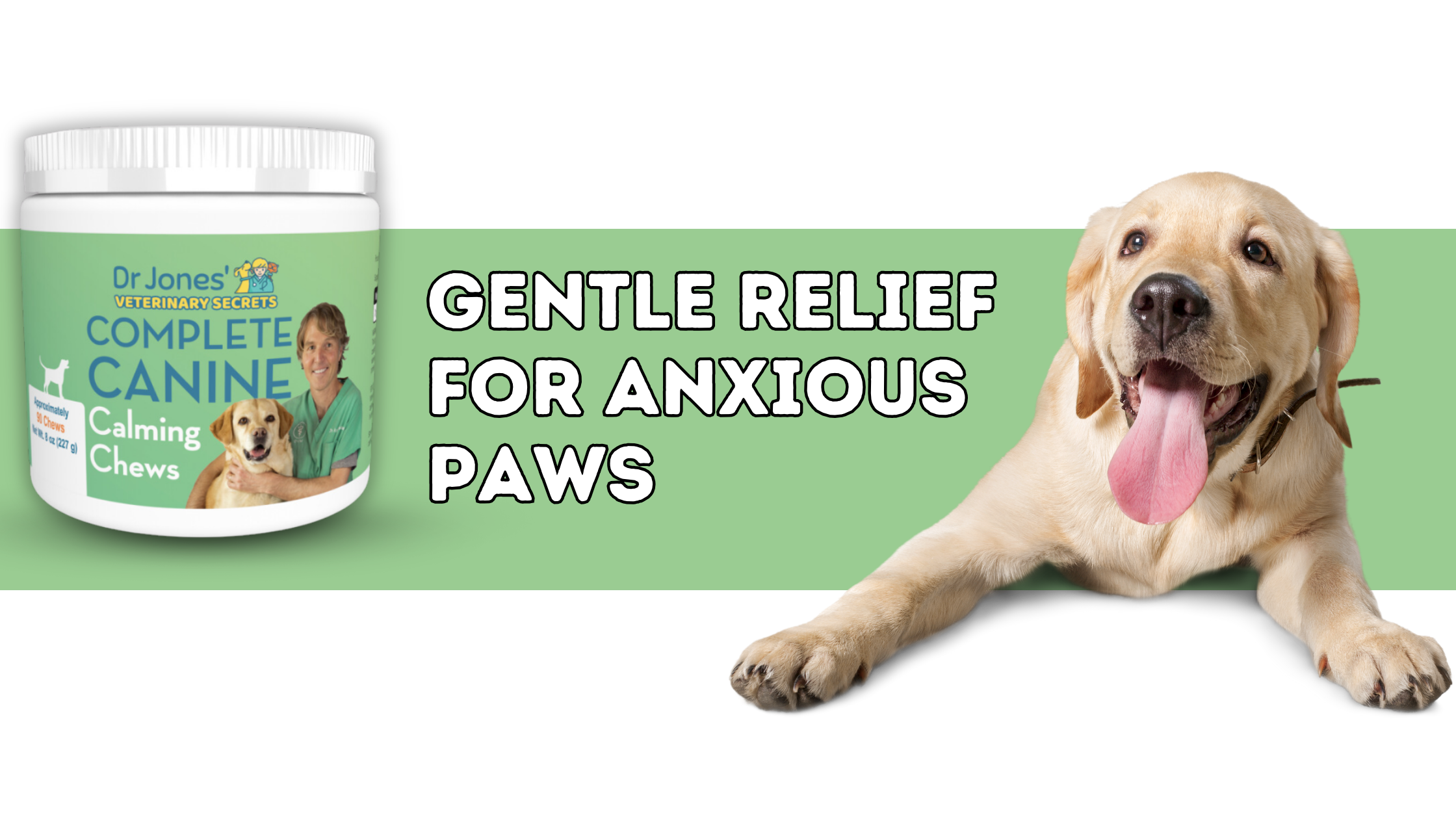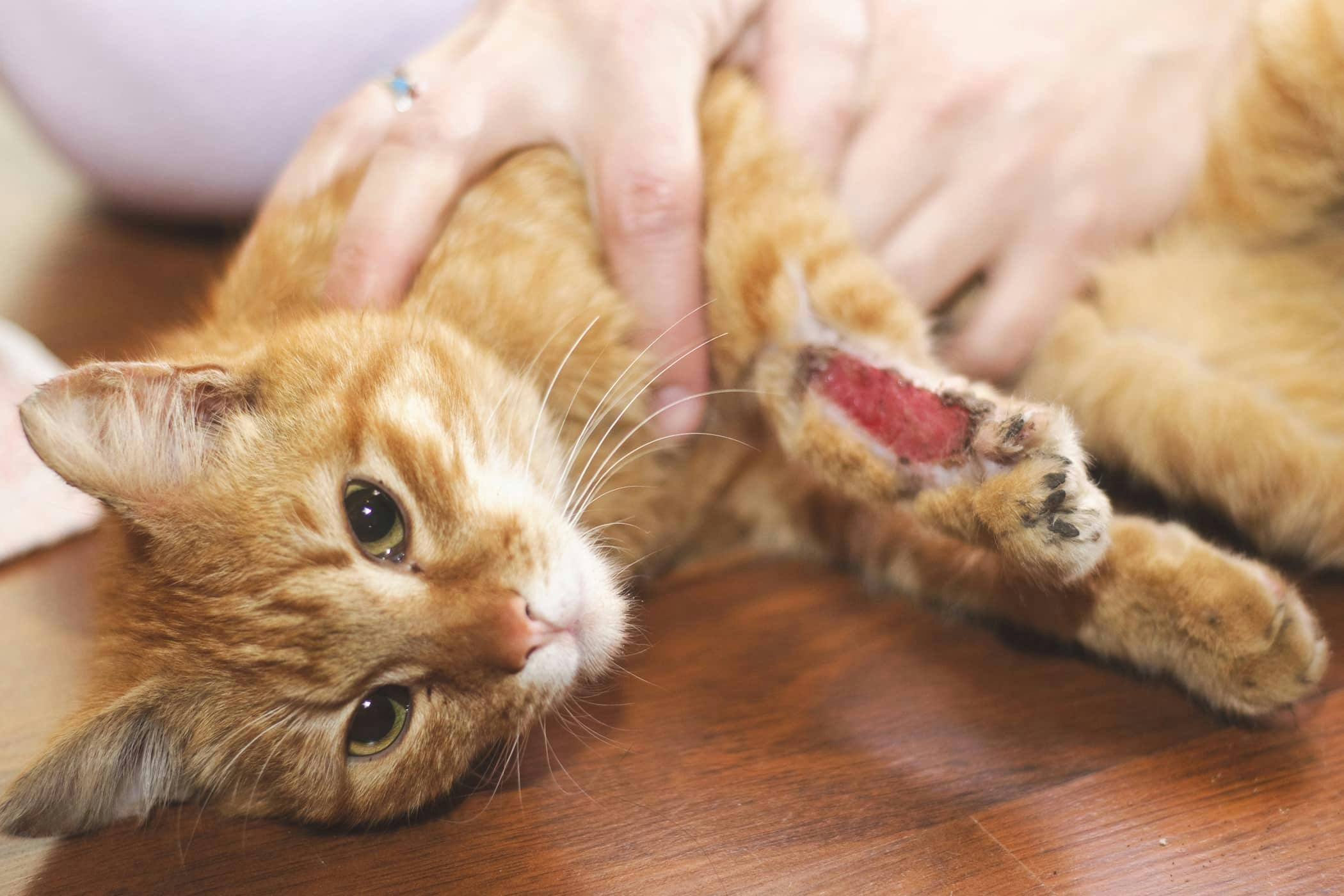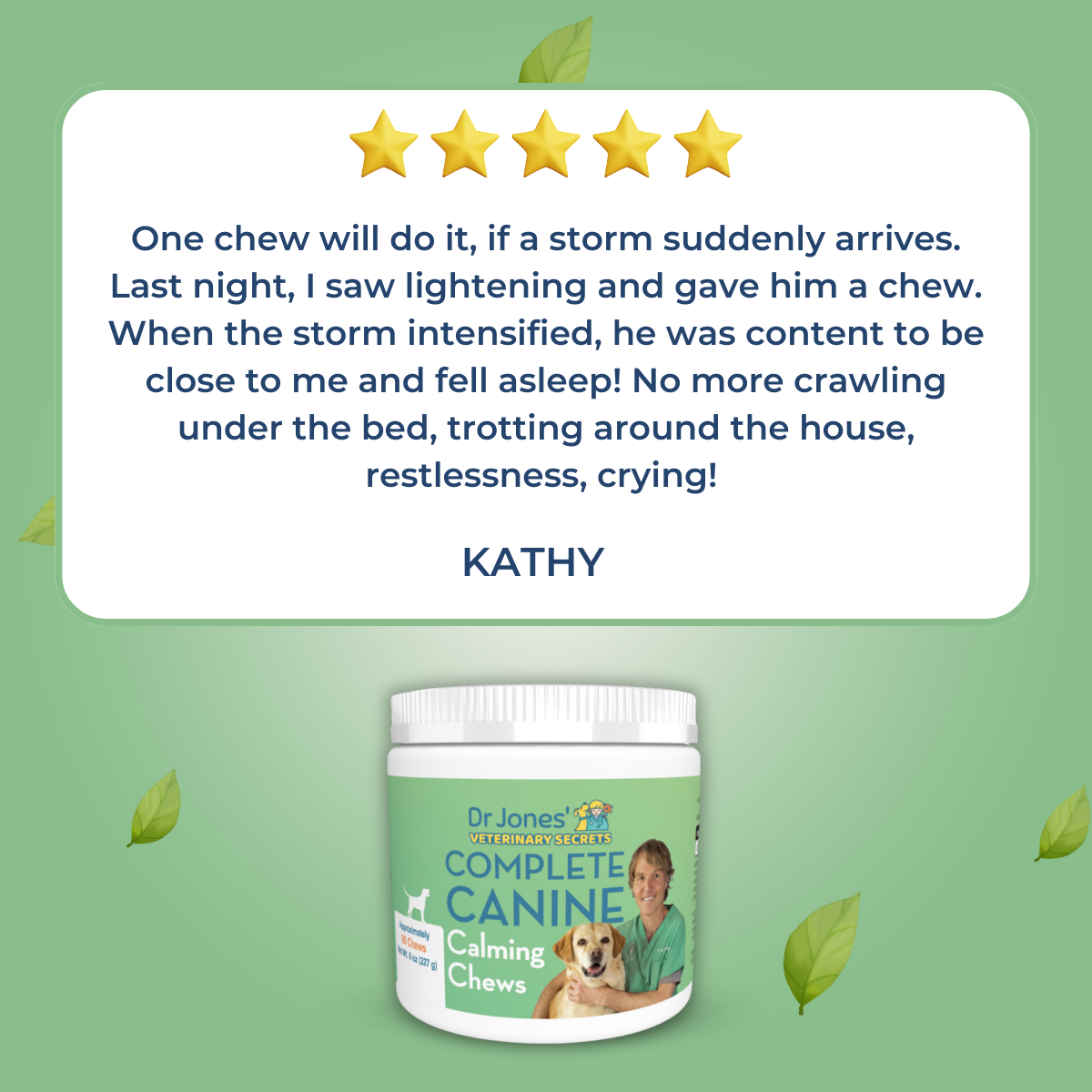Pet Emergency: How to Stop Bleeding in Dogs and Cats Fast
![]()

Seeing an animal bleed uncontrollably can be a frightening experience. It’s important to know what to do in these moments to help your pet and potentially save their life.
My Personal Experience with a Bleeding Pet
I recall an early experience in my veterinary practice when I was performing an abdominal surgery on a dog. Suddenly, the abdomen filled with blood, and my heart rate sped up as I realized how dire the situation was. I honestly thought the dog might not survive.
In that moment, I had to remain calm. I took a few deep breaths and focused on the task at hand. I set up proper suction to clear some of the blood, applied more gauze, and carefully searched through the abdomen to find the source of the bleeding. It turned out the bleed was coming from the spleen.
What helped immensely during this stressful moment was having my boss nearby. He talked me through everything in a calm and reassuring manner, which allowed me to focus and take the right steps.
The Importance of Staying Calm and Prepared
While knowing what to do in these situations is important, being able to act quickly and calmly when it’s happening is equally essential. That’s why practicing basic first aid skills is so crucial. If you ever find yourself in an emergency situation with your pet, you’ll be able to respond appropriately if you’ve prepared in advance.
When Bleeding Looks Worse Than It Is
Many bleeding events in pets may seem alarming, such as a dog with a bleeding ear, but in reality, they may be relatively minor. However, even small amounts of bleeding can be distressing for both you and your pet. In these cases, one of the key remedies I used in practice was mild sedation. When these dogs were calmer, they tended to shake their heads less, and as a result, the bleeding was less severe.
Having some form of sedative on hand in your emergency kit can be a real lifesaver.
Natural Solutions for Calmness in Your Pet
For those times when you need to help calm your dog and manage minor bleeding, I recommend having Dr. Jones’ Complete Canine Calming Chews on hand. These all-natural chews are designed to help your dog stay relaxed during stressful situations.
You can find them here:
Dr. Jones’ Complete Canine Calming Chews

By preparing yourself with the right knowledge and tools, you can handle emergencies with confidence and ensure the best outcome for your pet. Stay calm, stay prepared, and remember that every situation is manageable when you’re equipped with the right approach.

Whether it’s a minor scrape or a more serious wound, being prepared can make a significant difference in your pet’s outcome. In this article, I’ll walk you through the steps to take if your pet is bleeding, how to approach and handle an injured pet, and what to do until you can seek professional care.
How to Approach and Handle an Injured Pet
When a pet is wounded, they may feel fearful, anxious, or even become aggressive due to pain. It’s important to remain calm and follow these steps to safely assist them:
-
Approach Slowly
Move towards your pet cautiously to avoid startling them. -
Use a Calm Voice
Speak in a soft, reassuring voice to help soothe their distress. -
Secure Your Pet Carefully
Use a thick towel or blanket to gently restrain your pet. If necessary, apply a muzzle to prevent potential biting before you address the wound.
Immediate First Aid for a Bleeding Pet
If your pet is bleeding, there are immediate steps you can take to slow the bleeding before you can seek veterinary care.
1. Apply Direct Pressure
- Use a clean cloth, gauze, or non-absorbent bandage to apply direct pressure to the bleeding area.
- Keep the material in place to help encourage clotting. If the blood soaks through, layer additional cloth or gauze on top, without removing the original layers to avoid disturbing the clot.
- Be cautious about how tightly you apply the bandage. Too much pressure can restrict circulation, potentially causing swelling or tissue damage, particularly on paws or limbs.
2. Control Bleeding by Applying Pressure to Nearby Arteries
If the bleeding is excessive, try applying pressure to the closest artery supplying the affected area. This can help slow the blood loss.
3. Do Not Remove Embedded Objects
If an object is lodged in your pet’s body, leave it in place and try to stabilize it. Cutting long protrusions may reduce further injury but do not remove the object itself.
4. Keep Your Pet Still
Movement can worsen bleeding, so encourage your pet to remain as still as possible to prevent further trauma.
5. Use a Tourniquet in Extreme Cases
If blood is spurting from a wound, indicating arterial bleeding, you may need to use a tourniquet. Here’s how to apply one:
- Use a cloth that’s at least 2 inches wide.
- Wrap it around the affected limb twice, securing it with a knot.
- Tie a short stick or similar object into the knot and twist until the bleeding stops.
- Once the tourniquet is secured, note the time it was applied.
If needed, there are specific animal tourniquets available, which I used frequently in practice.
Bleeding in Specific Areas
Certain areas of your pet’s body are more prone to bleeding, and they require immediate attention:
- Paws, Limbs, or Torso: Apply direct pressure and seek veterinary care promptly.
- Ears and Tail: These areas have a rich blood supply and can bleed heavily, even from small wounds. Apply firm pressure and get your pet to the vet as soon as possible. I used tissue glue often for these injuries in practice, which should be included in your pet first aid kit.
- Nails: If a nail is bleeding, use a cauterizing agent such as Kwik Stop powder, cornstarch, or a styptic pencil. I’ve also found that an ice cube often helps stop nail bleeding.
- Blood in Urine, Stool, or Vomit: This could indicate internal bleeding or another serious medical condition. Contact your veterinarian immediately.
Seeking Veterinary Care
After you’ve stabilized your pet’s bleeding, it’s essential to transport them to a veterinary hospital for professional care. The vet will assess the wound and determine if sedation or anesthesia is needed to treat the injury properly.
The Importance of Learning Basic Pet First Aid
Providing immediate first aid when your pet is injured can significantly improve their chances of survival. It’s always a good idea to learn some basic pet first aid skills so that you’re prepared in case of an emergency. By knowing what to do in these situations, you’ll be able to take the right steps quickly and calmly.

P.S. Hopefully, you’ll never need to use these skills, but I believe that having first aid knowledge is critical. Knowing how to provide basic emergency veterinary care is essential for all pet parents.
P.P.S. As I mentioned, in situations such as bleeding nails or ear injuries, a mild sedative can be very helpful in calming your pet.
Our new Dog Calming Chews have been beneficial for many dogs with ongoing anxiety, such as separation or noise anxiety. You can learn more about them here:




My cat’s paw has an open wound that does not heal and my Vet said that the only solution would be amputation. Since he is 17+ and has a heart murmur I did not want to do that. I clean it often and take him in for an antibiotic shot ever so often. Is there something I can do to put on the wound after cleaning and should I put a booty on his paw. Any advice would be helpful. Thanks.
For your 17?year?old cat’s non?healing paw wound, at-home care can help manage symptoms. After cleaning, apply a clean, non-stick pad (like Telfa) and a gentle pressure bandage. These wounds still often require veterinary oversight, especially if healing is slow. A bootie or paw cover may protect the wound if used correctly—not too tight, and breathable.
Safe At?Home Steps
1. Cleaning
Use sterile saline or diluted chlorhexidine. Avoid harsh agents like alcohol or hydrogen peroxide, which delay healing.
2. Protecting the Wound
Place a non?stick pad over the wound. Wrap with gauze, then secure using self?adhesive bandage (like Vet Wrap)—snug but not tight, and keep toes visible to check for swelling.
This helps prevent contamination and self-trauma.
3. Using a Bootie or Cover
A paw bootie or sock can shield the wound—only if it’s loose enough for airflow and doesn’t restrict circulation. Some use soft dog booties or socks secured with tape or a hair tie (gently).
4. Preventing Licking
Use an Elizabethan collar (E-collar) or soft wrap to prevent licking and irritation, which can delay healing.